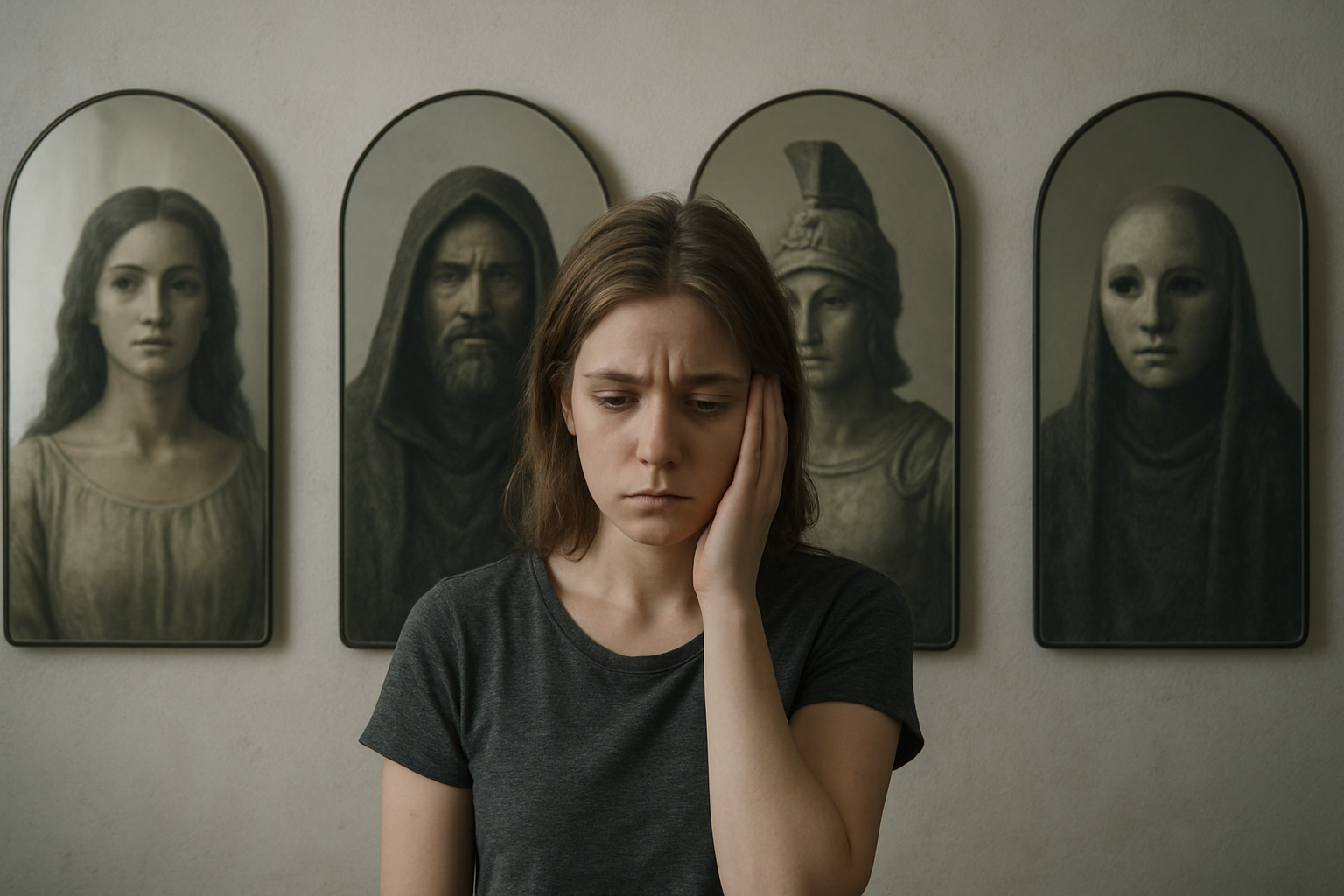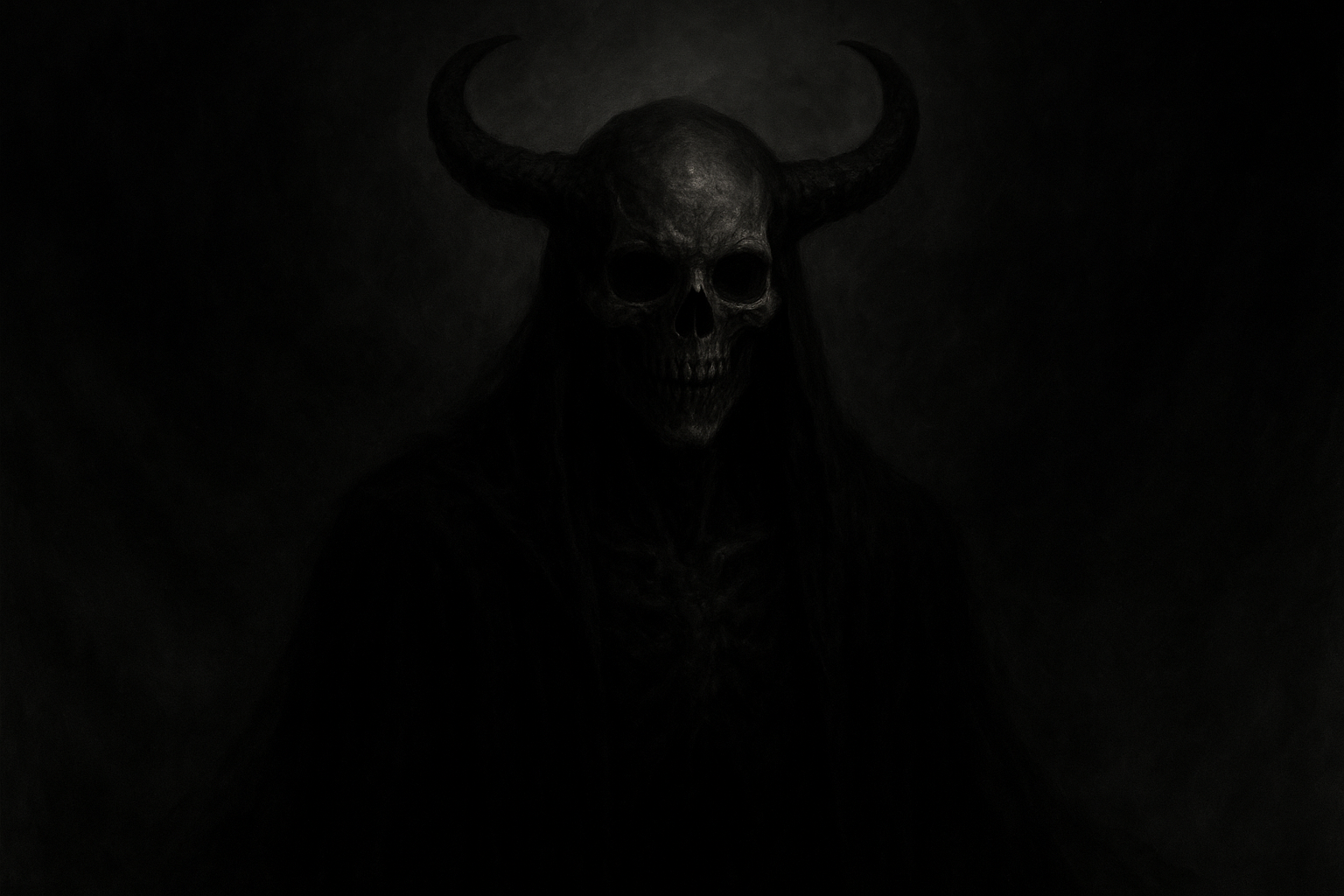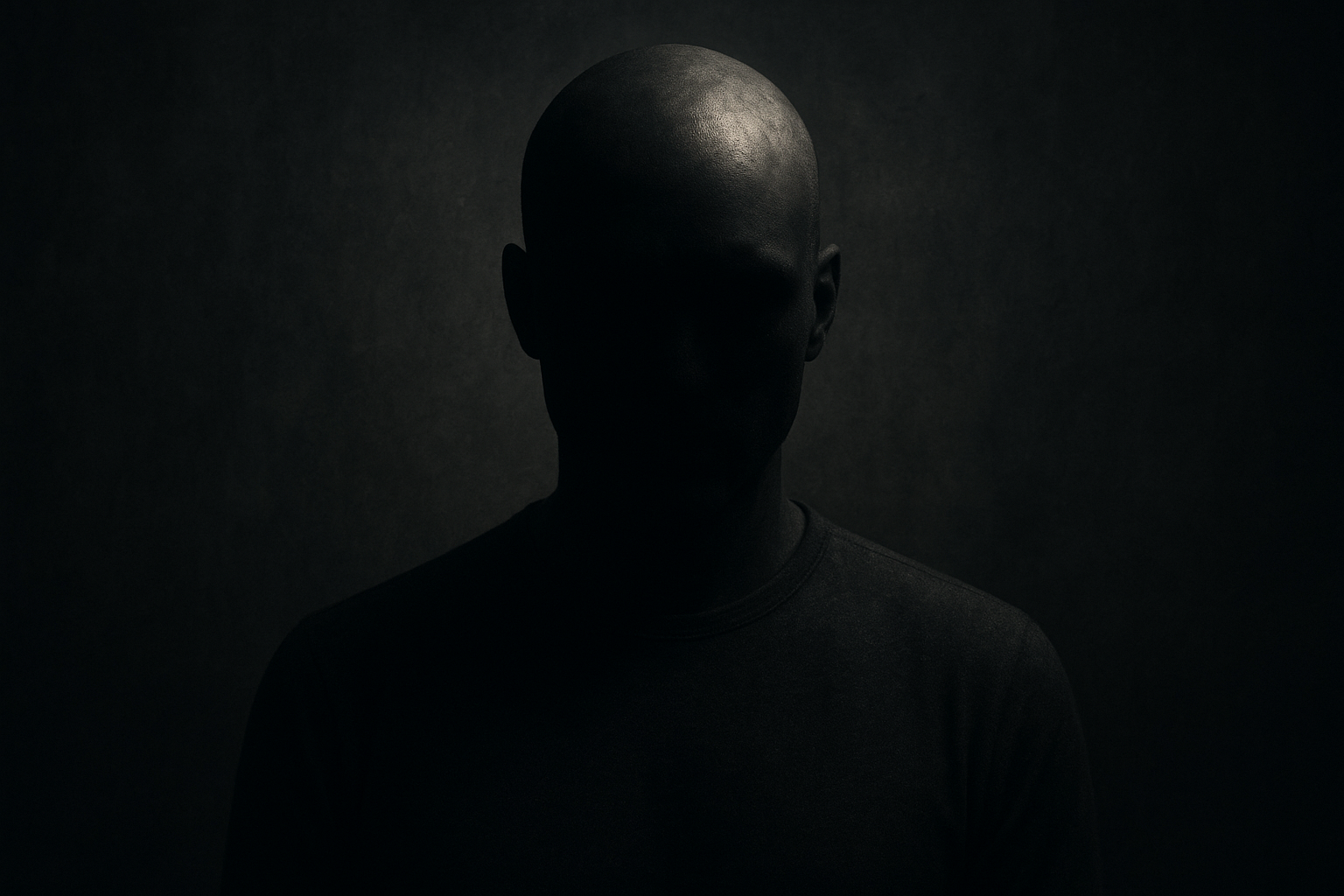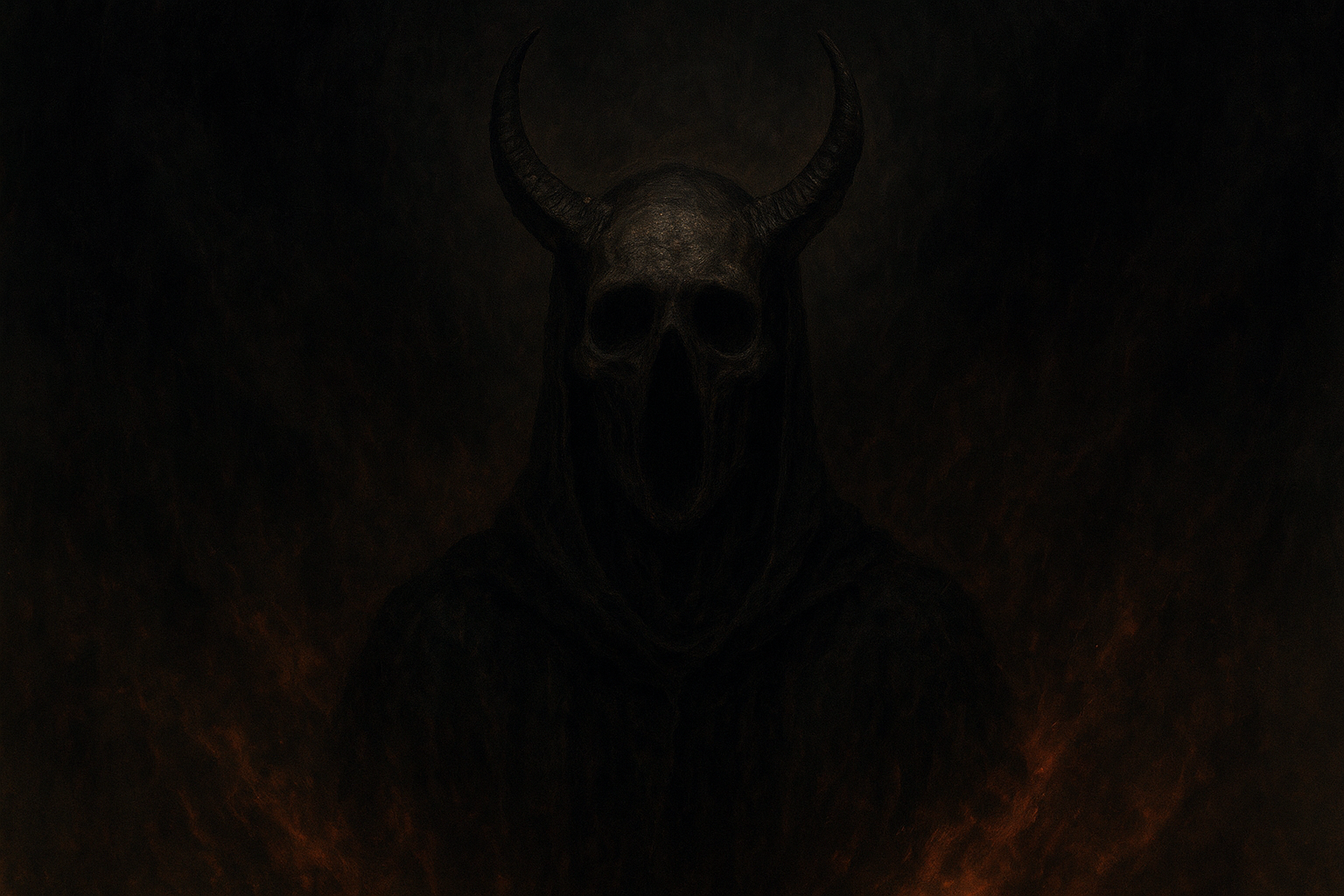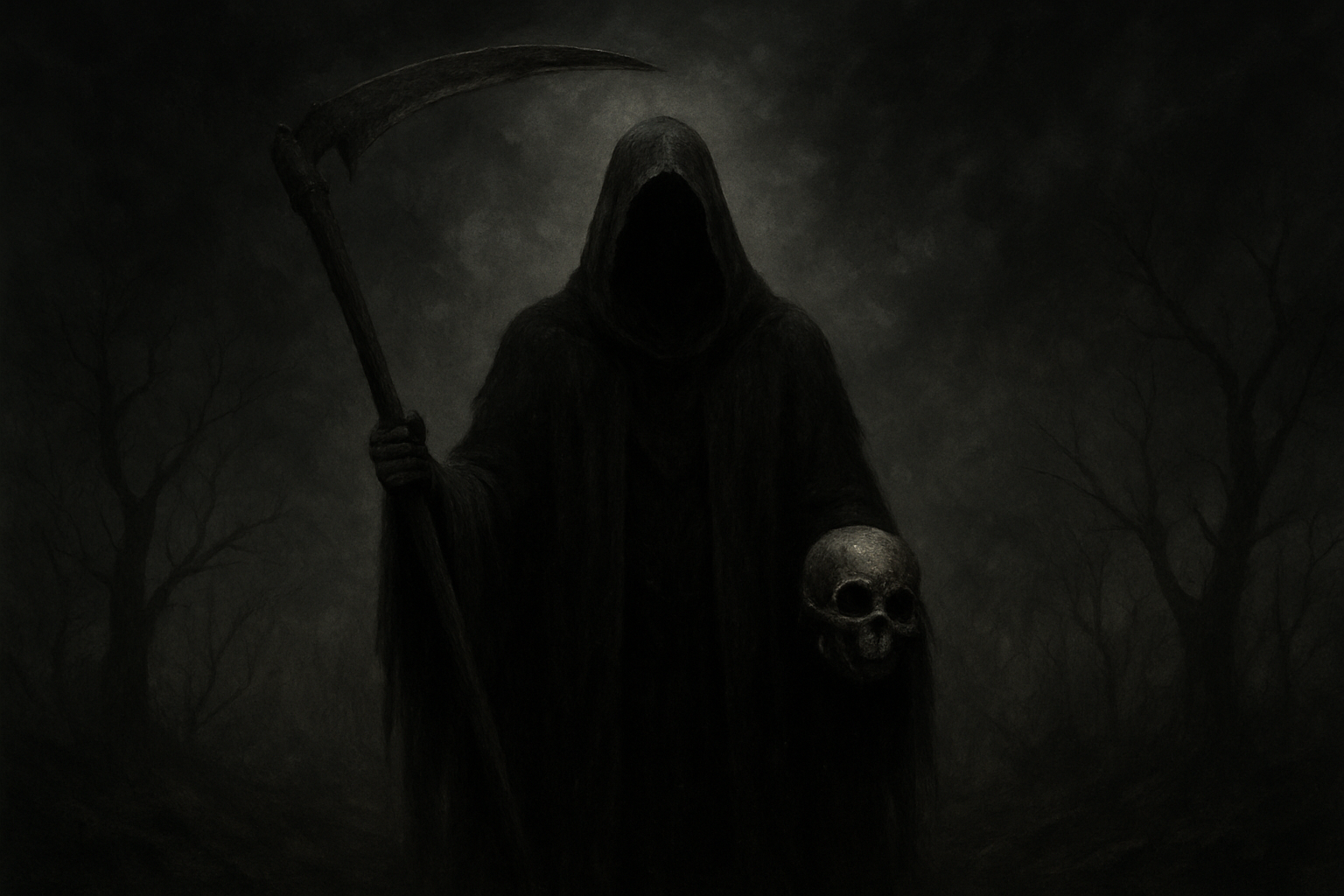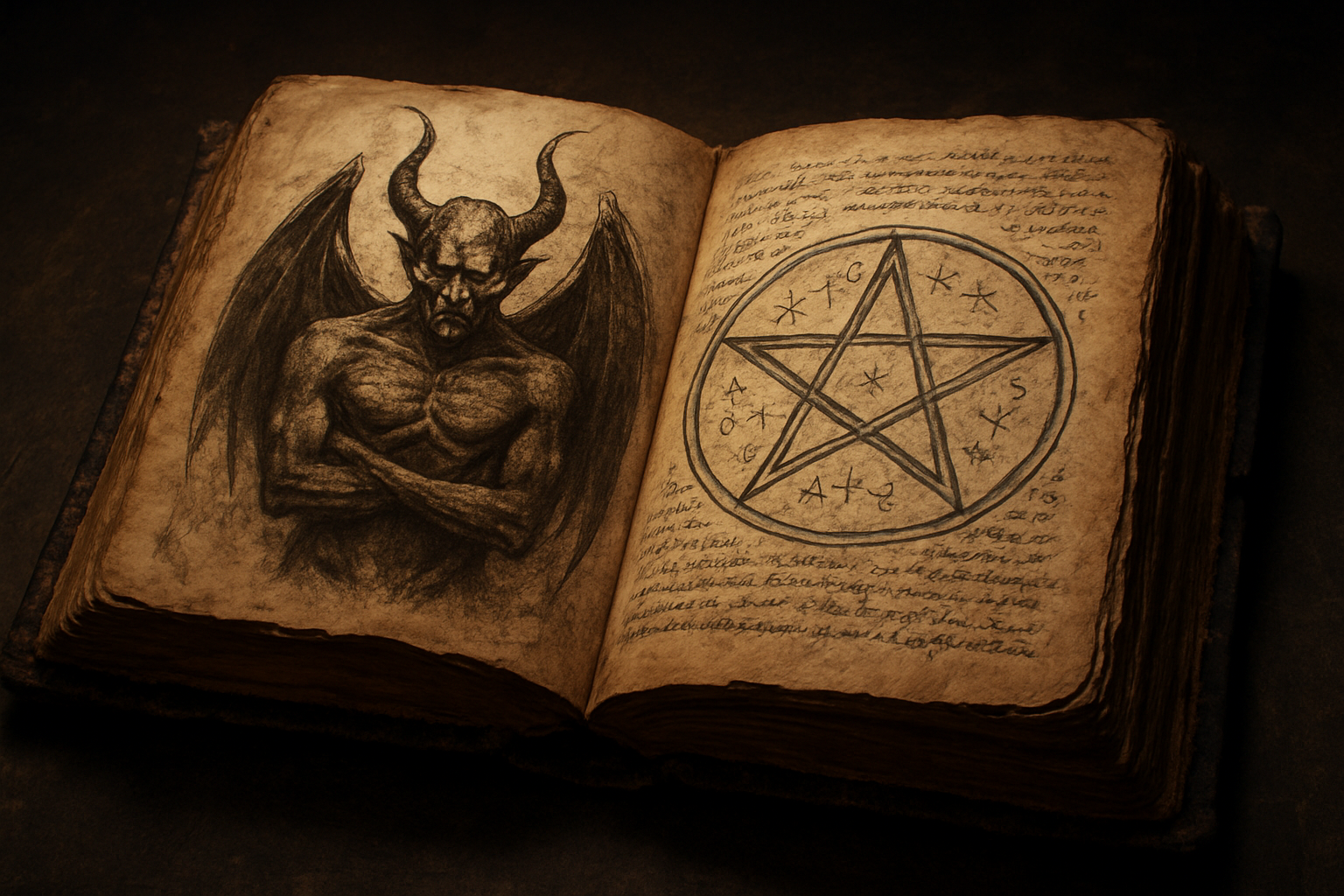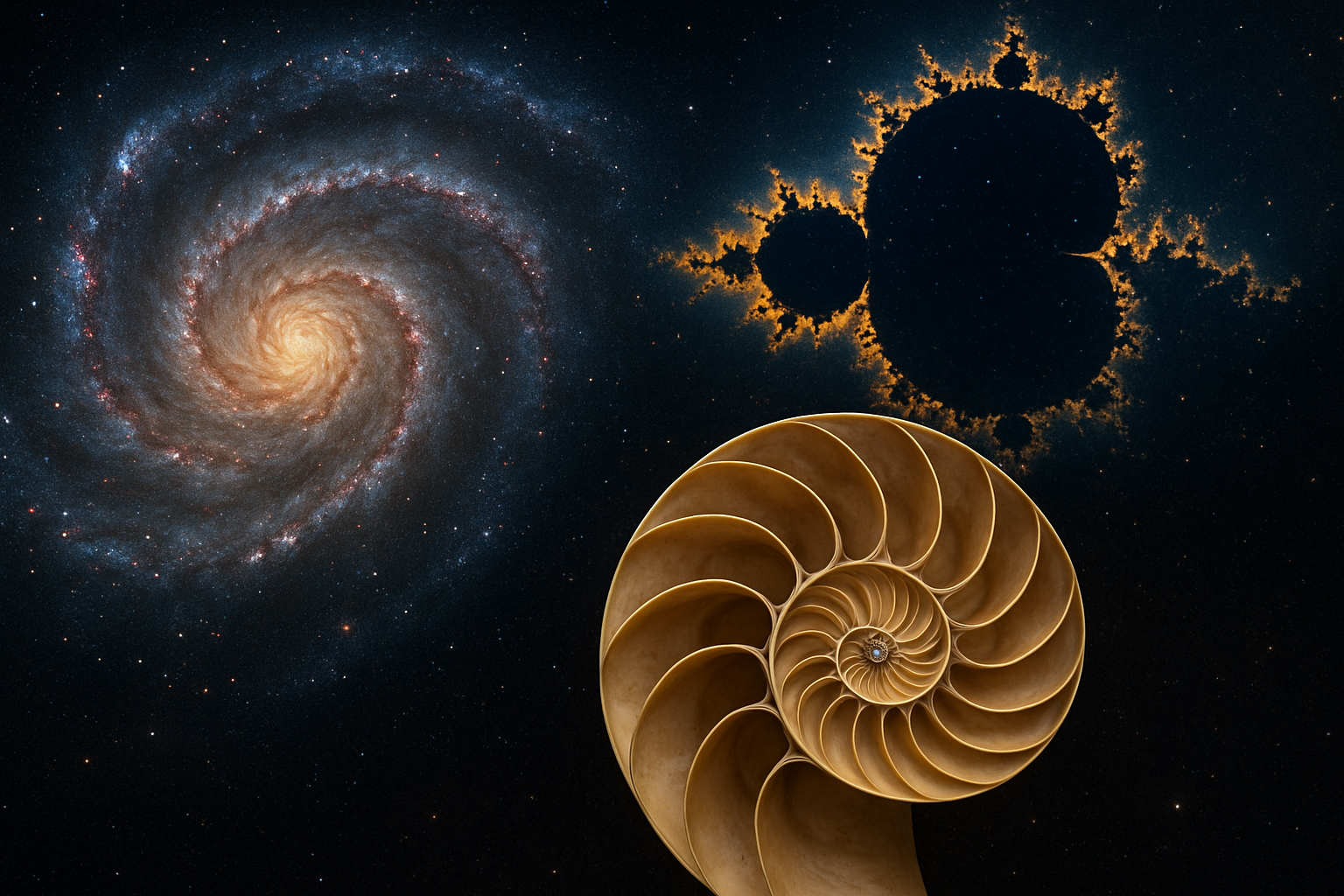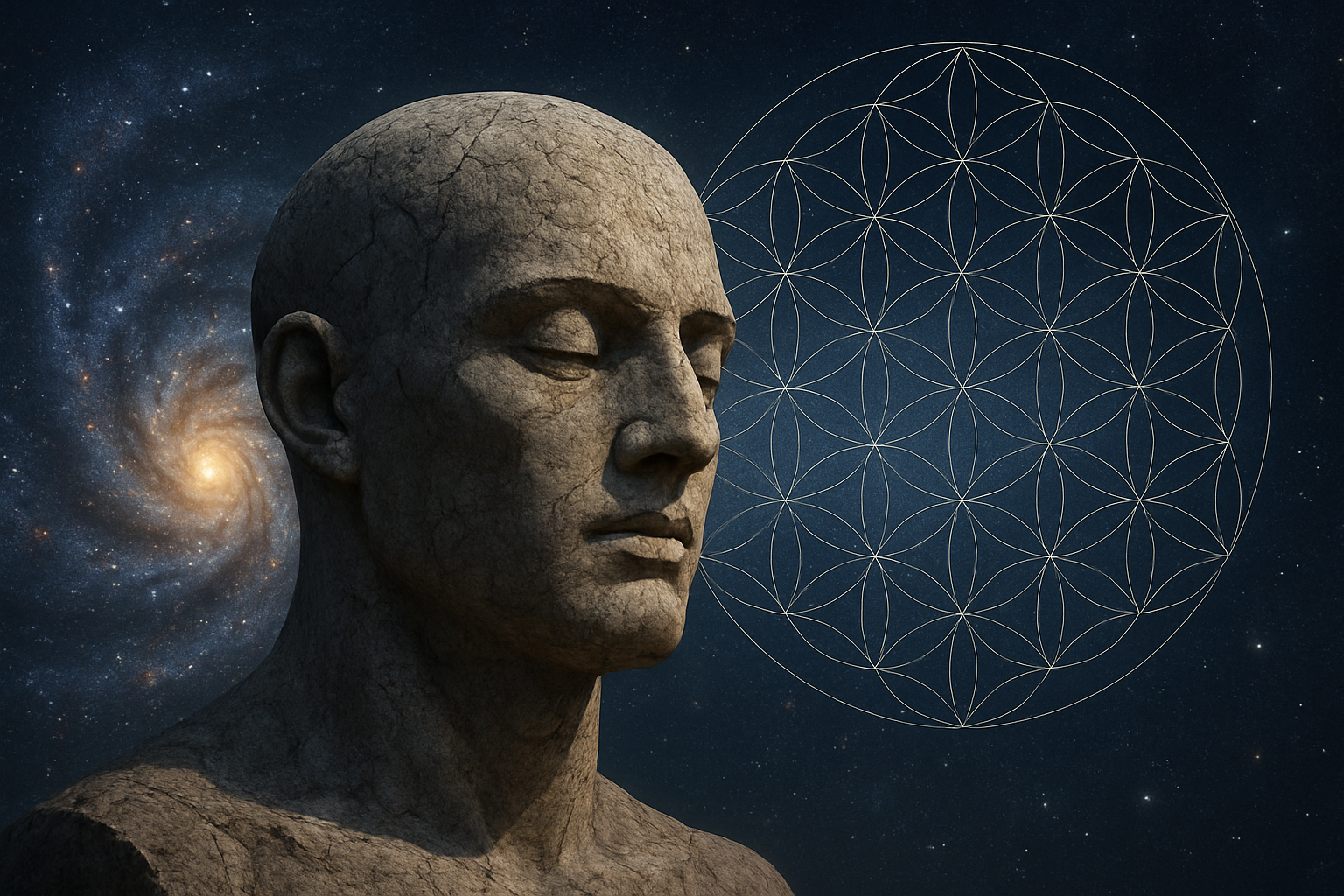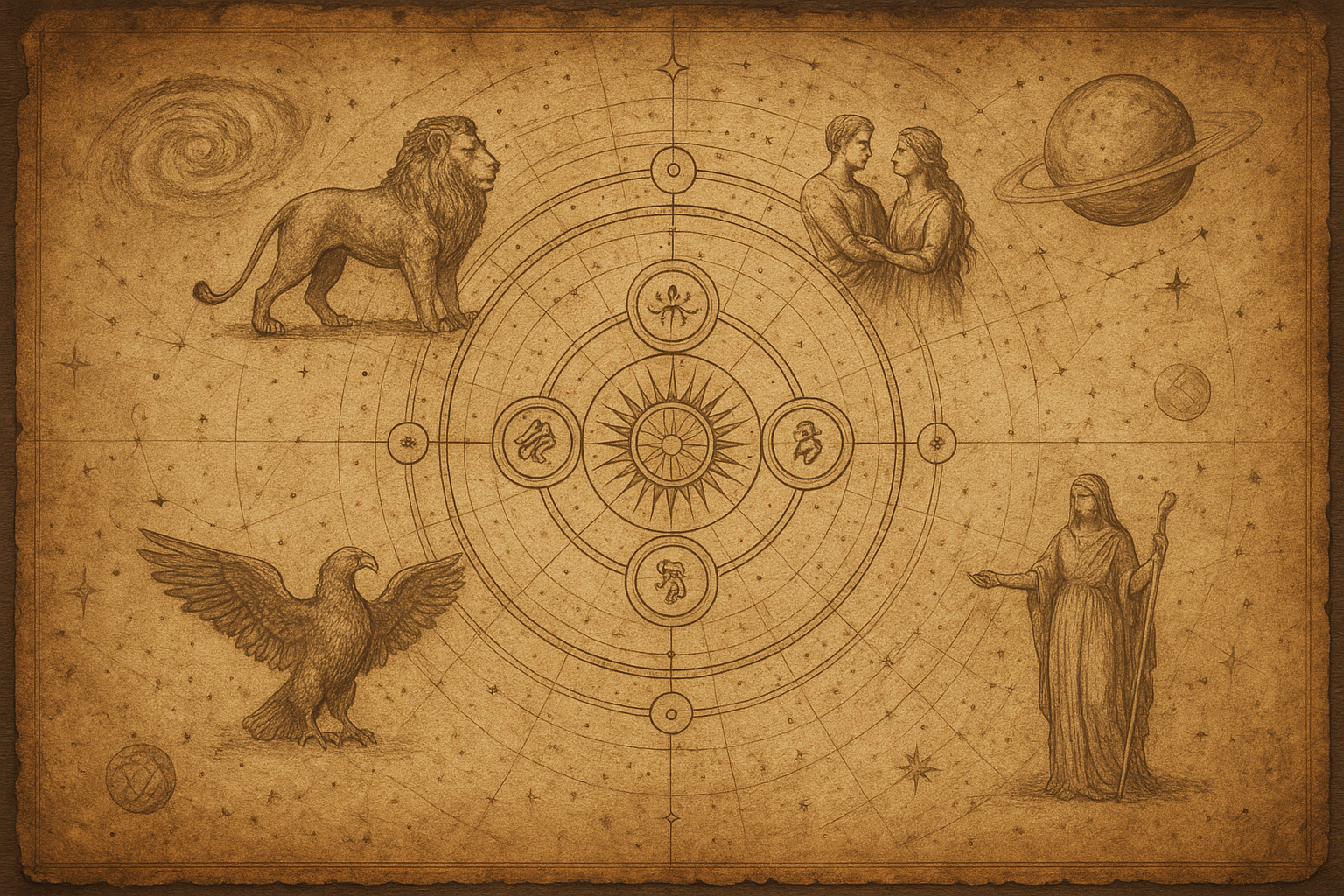Depersonalization Mirrors: Loss of Self in Archetypes
In the realm of psychology and narrative theory, the phenomenon of depersonalization is a significant topic, often manifesting as a pervasive sense of disconnect from one’s own identity. At its core, this experience is intricately linked with archetypes—universal symbols and themes that recur across cultures and time. As individuals encounter these archetypes in various cultural narratives, they can experience a profound loss of self, a journey that mirrors the characteristics of depersonalization.
The Nature of Archetypes
Archetypes, as introduced by Carl Jung, are “universal, archaic symbols and images that derive from the collective unconscious.” These figures, such as the Hero, the Shadow, and the Anima/Animus, serve as templates upon which individuals project their own experiences and emotions. While these archetypes can offer insight and understanding, they can also perpetuate a sense of alienation when individuals find themselves at odds with these established narrative roles.
Depersonalization as a Modern Dilemma
Depersonalization is often described as a disconnection from one’s sense of identity and reality. According to the National Center for Biotechnology Information, depersonalization can manifest as a “persistent or recurrent feeling of detachment from one’s mental processes or body, as if one is an outside observer.”
This feeling of detachment is echoed in stories where characters become estranged from their archetypal roles. The existential angst of the modern person—caught between the desire to fulfill societal roles and the pursuit of individual identity—mirrors this disconnect. As individuals struggle to align with the archetypal images, they may grapple with a loss of self.
Navigating the Mirror
The challenge lies in navigating these archetypal mirrors without losing oneself. As Joseph Campbell famously noted,
“The privilege of a lifetime is being who you are.”
This journey involves recognizing the influence of archetypes while actively shaping one’s identity beyond these confines.
Ultimately, overcoming the depersonalization effect of archetypes requires a balance between reflection and self-creation. By embracing a conscious awareness of the stories we inhabit and the roles we assume, individuals can craft unique identities that honor both their personal experiences and the collective symbols that shape human experience.
As we continue to explore the depth of our unconscious through archetypes, we must also remain vigilant in cherishing the authentic self—a journey that resists the pull of depersonalization and embraces the fullness of individual identity.
